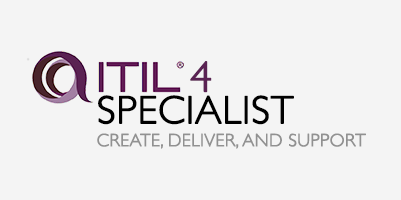Course Overview
In harmony with the IAITAM Best Practices Library (“IBPL”), the CITAM Course is structured to provide a comprehensive understanding. Participants will gain insights into the entirety of the ITAM Program and acquire a foundational strategy for initiating or enhancing their organization’s ITAM efforts. Spanning a concentrated three-day duration, the course is full of informative content and real-world scenarios, all intended to enhance the effectiveness and efficiency of your ITAM Program. The CITAM Certification holds the potential to significantly elevate the credibility of both you and your ITAM Program.
Topics Covered Include:
- IAITAM and the Mission
- ITAM Code of Ethics
- Defining Primary Roles in an ITAM Program
- IAITAM’s 12 KPAs
- Relationships, Dependencies, and Benefits
- KPA Interdependencies
- Roles and Responsibilities
- Creating Dynamic Job Descriptions for the ITAM Program
- The Role of a Program Manager
- Project Management Relationship Triangle
- Sample Projects by KPA
- Prioritization and the ITAM Program
- Lifecycle Management
- Process Building Best Practices
- Gaining Executive Buy-in
- Business Case Template
- Maturity Assessment
- ITAM as a Core Business Function
Target Audiance
- Implementing IT Management Collaboration (CITAM) Core Technologies is crucial for professionals in Dubai aiming to streamline organizational processes.
- Understanding the core technologies involved in CITAM empowers IT management teams to enhance collaboration and efficiency.
- Dubai's dynamic business landscape necessitates adeptness in CITAM core technologies to stay competitive and meet evolving demands.



 4.9
4.9

